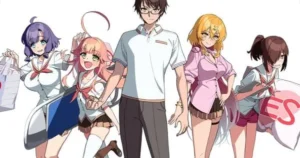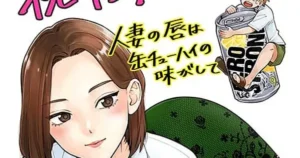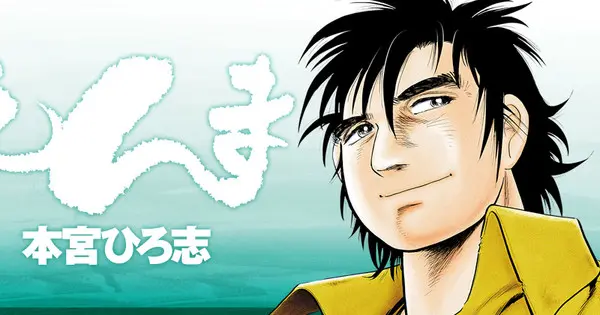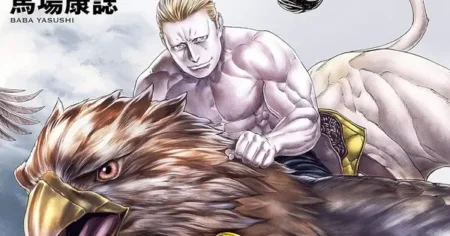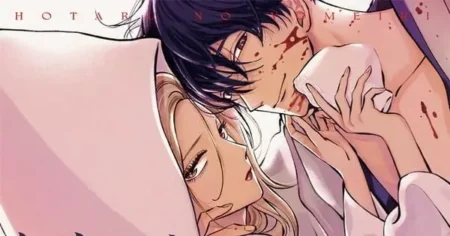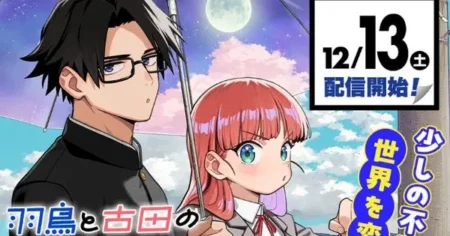Hiroshi Motomiya, the acclaimed manga artist best known for “Salaryman Kintaro,” has concluded his manga series “Enma.” The manga centers on Ken Ōshima, a kind man who takes on the role of debt collector, and he takes on everyone from gangsters to politicians, to collect a total of five billion yen loan.
A Career Spanning Decades
Hiroshi Motomiya debuted as a manga artist in 1965 and has created numerous influential works throughout his career. Some of his notable manga include:
- Otoko Ippiki Gaki Daisho
- Ore no Sora
- Otokogi
Many of his manga have inspired live-action and anime adaptations, demonstrating his significant impact on Japanese pop culture.
Hiatus and Return
Before the conclusion of “Enma,” it was announced that the manga would go on hiatus for long-term material gathering. The series went on hiatus in March and returned to Weekly Young Jump’s 24th issue in May.
Other Works
Alongside “Enma,” Motomiya is currently working on Jinsei Iroiro (launched in June 2024) and Takeki Ōgon no Kuni: Takahashi Korekiyo (ongoing since 2022).
Salaryman Kintaro: A Cultural Phenomenon
“Salaryman Kintaro” is one of Motomiya’s most celebrated works. The manga follows Kintaro Yajima, a former Bōsōzoku gang leader who becomes a salaryman to fulfill a promise to his late wife. The series has been adapted into several live-action films and television dramas, further cementing its popularity.
- Manga Series: Serialized in Shueisha’s Weekly Young Jump from 1994 to 2002, collected in 30 tankōbon volumes.
- Sequels: Followed by “Salary Man Kintaro: Money Wars-hen” (2005–2006), “Shin Salaryman Kintaro” (2009–2011), and “Salary Man Kintaro: 50-sai” (2015–2016).
- Adaptations: Inspired a live-action film in 1999, multiple television drama series, and a 20-episode anime television series in 2001.
Other Notable Works
Motomiya has created a wide array of manga series throughout his career, including:
- Tenchi wo Kurau (1983–1984)
- Ore no Sora (1975–1978): Spawning several sequel series and adaptations.
- Otokogi (1979-1980): Also spawning several sequel manga and adaptations.
- Takeki Ōgon no Kuni (1990-1992): Featuring stories about real-life Japanese historical figures.
Controversies
In 2004, Motomiya’s manga “Kuni ga Moeru” was suspended from Weekly Young Jump due to complaints about a photograph used in the series. The photo, purportedly depicting the Nanjing Massacre, was deemed historically inaccurate, leading to censorship in the tankōbon edition.



